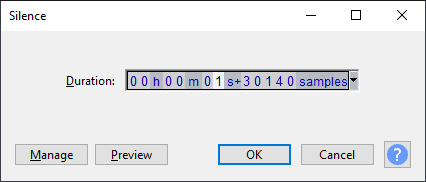

One aspect that is often overlooked insofar as why the output sounds the way it does when setting dynamic processors is the OUTPUT gain, which you generally boost to compensate for the signal attenuation. Industrial sounds also tend to have a resonance to them that feels a bit more metallic a lot of resonance stuck in a small dynamic range. People can almost feel it physically like being slapped in the face. HARD. An instant stop of dynamics has a particular feel and sound to it that we not only hear, but can sense. Hitting an aluminum bat against a giant metal building. Hard limiter settings tend to have an industrial feel to them. Knowing the settings for a hard vs soft limiter is one thing… knowing what is sounds like is another – and what knowing what it sounds like is the important part.

Both stop movement very quickly, but the first couple milliseconds of impact, coupled with what happens after impact (i.e.

To visualize the sound: one is like hitting concrete wall with a metal baseball bat (hard limiter), and the other is like hitting dirt ground a tree trunk (soft limiter).


 0 kommentar(er)
0 kommentar(er)
